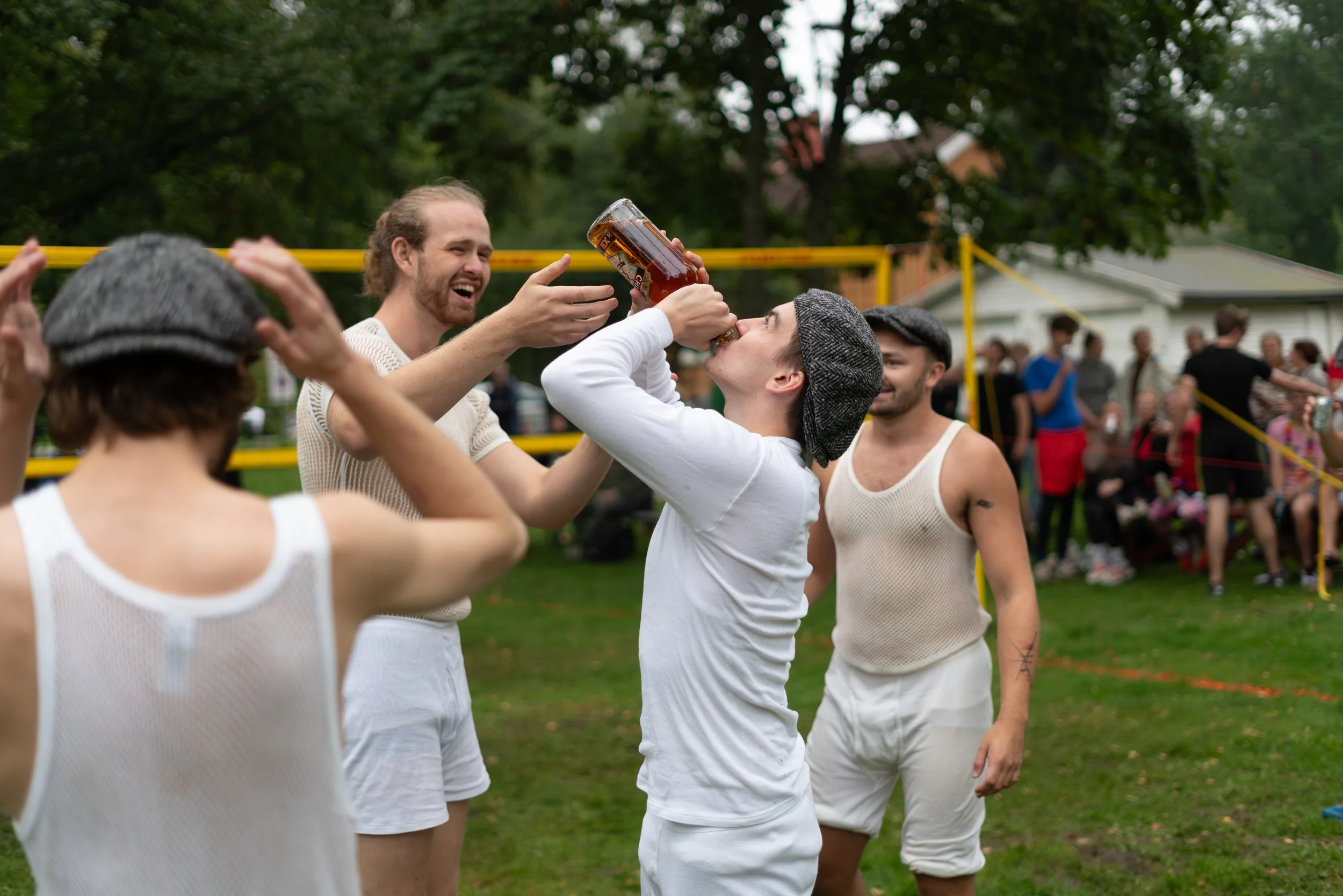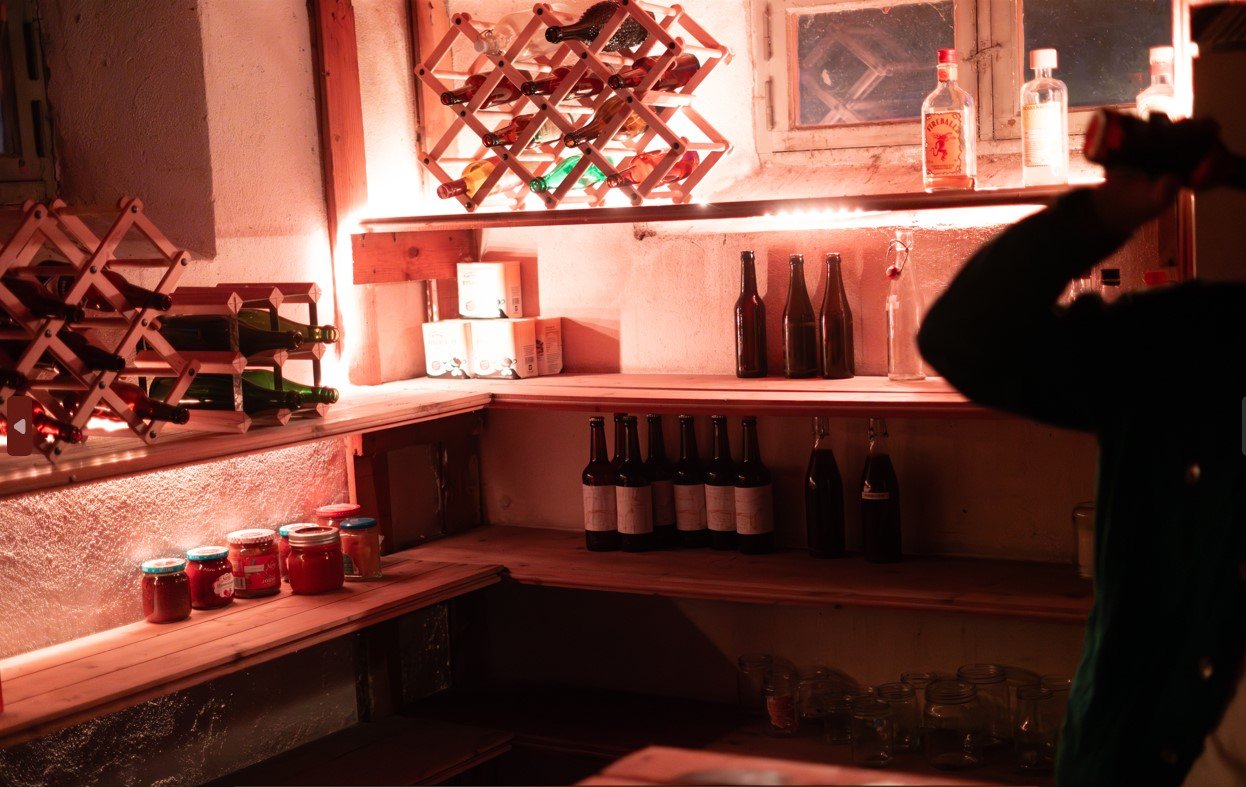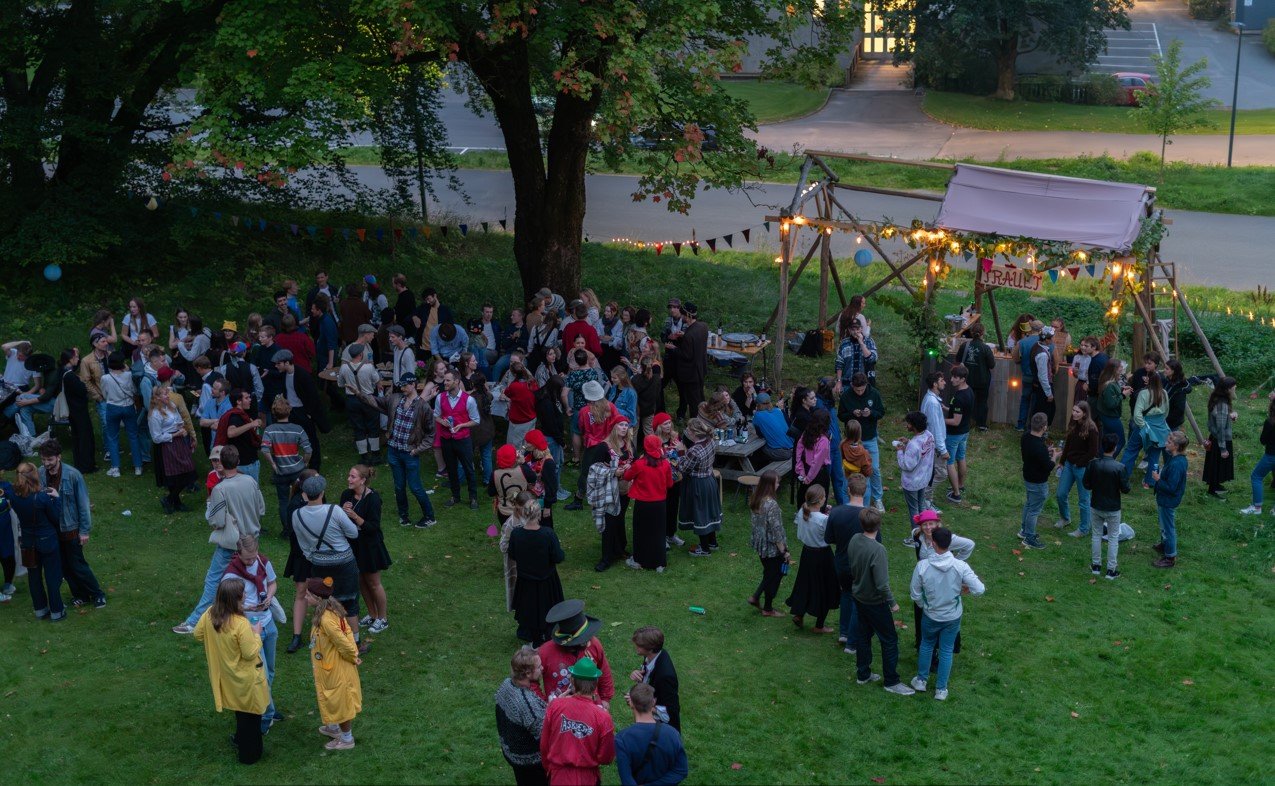THE OPENING OF SÆTRA, WITH A SMALL DOSE OF VOLLEYBALL
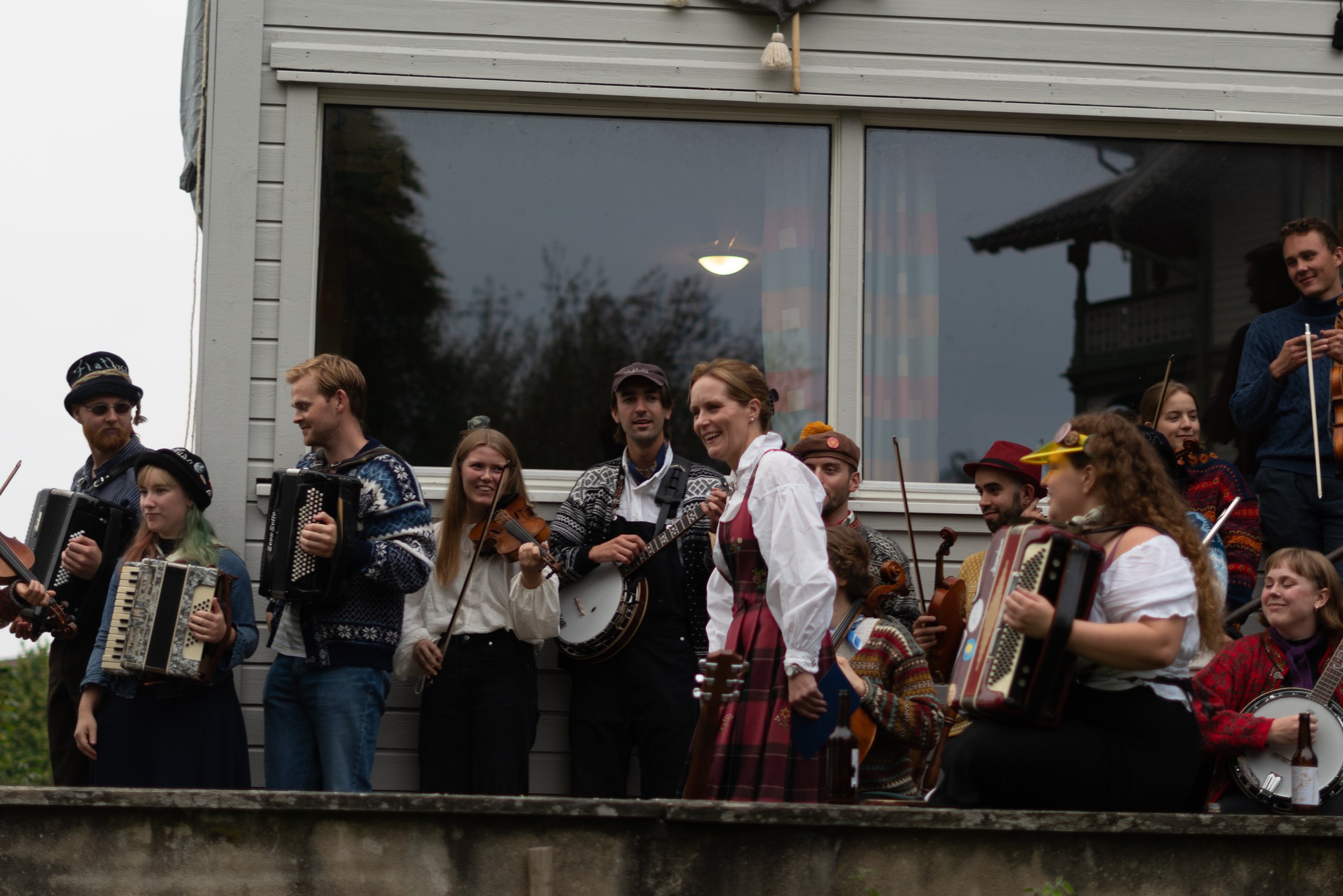
THE OPENING OF SÆTRA, WITH A SMALL DOSE OF VOLLEYBALL
Crossing a road, through a thicket of trees, and down the hill you will eventually find yourself at Fougnerbakken 19, an until now anonymous address, where you’ll find the new association house of Tradenigheten (Leikarringen Frøy, Flatlusa Spelemannslag, and Budeieforeninga). This homestead has gotten the fitting name of Sætra. With joyous celebration, this new collective will be consecrated.
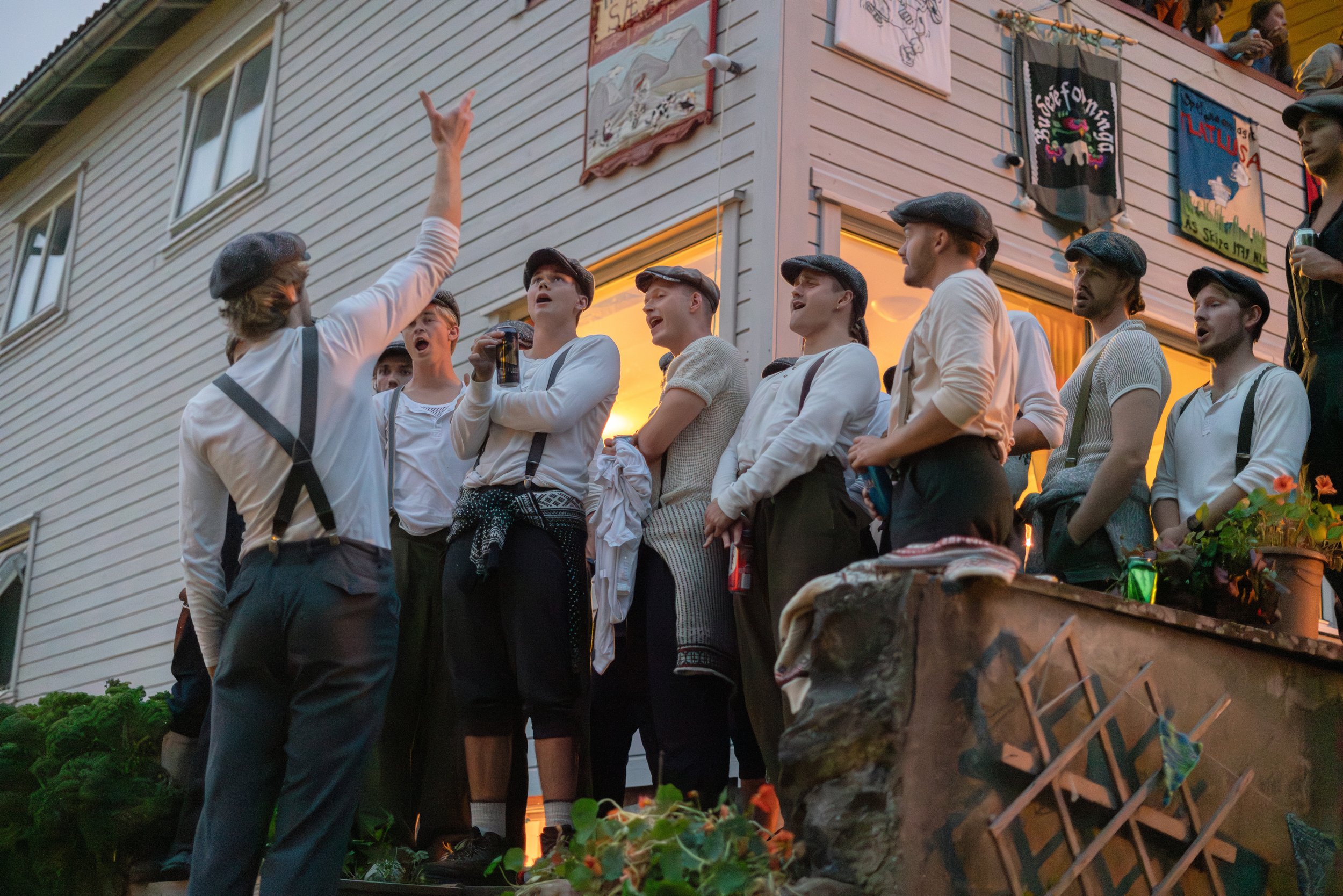
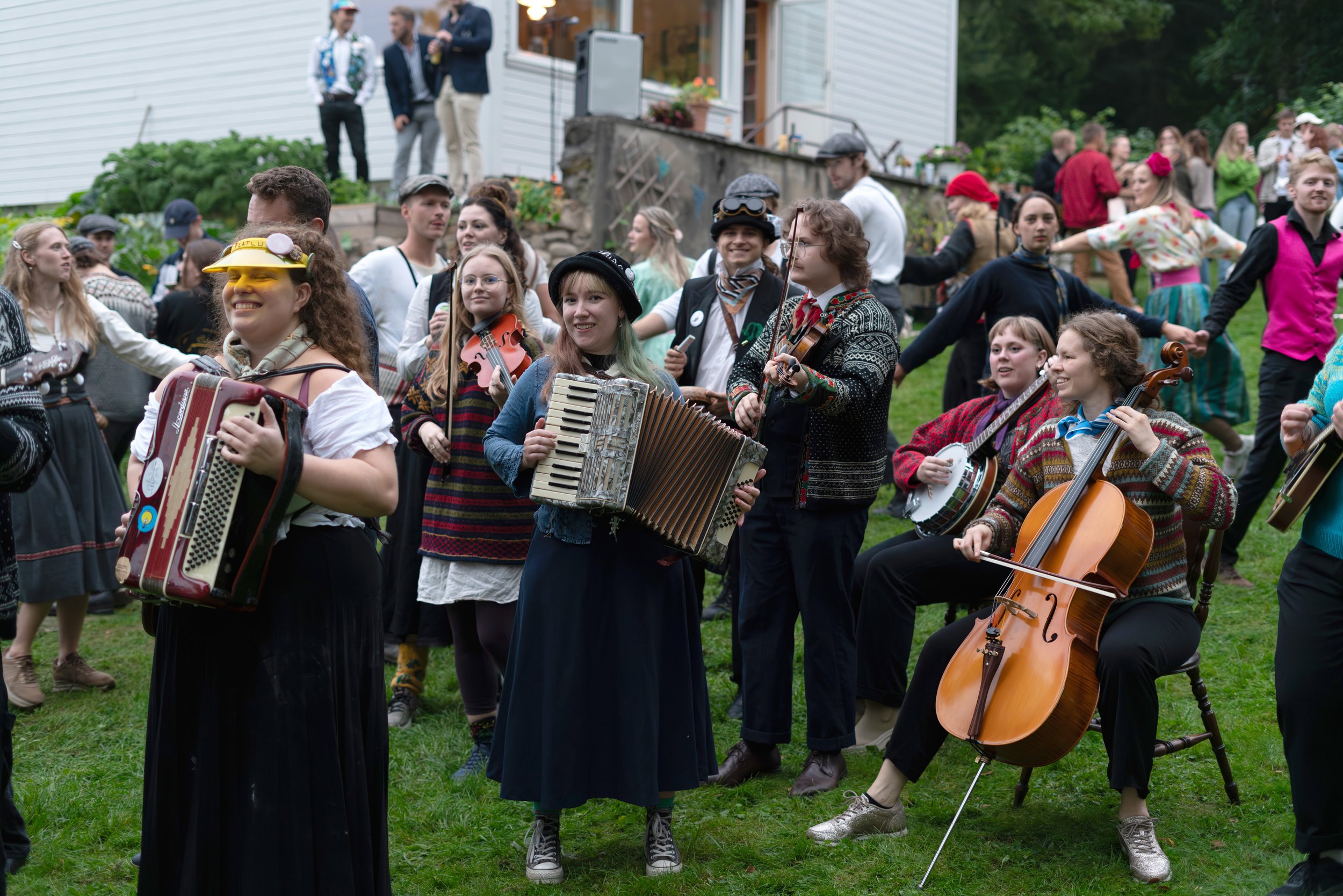
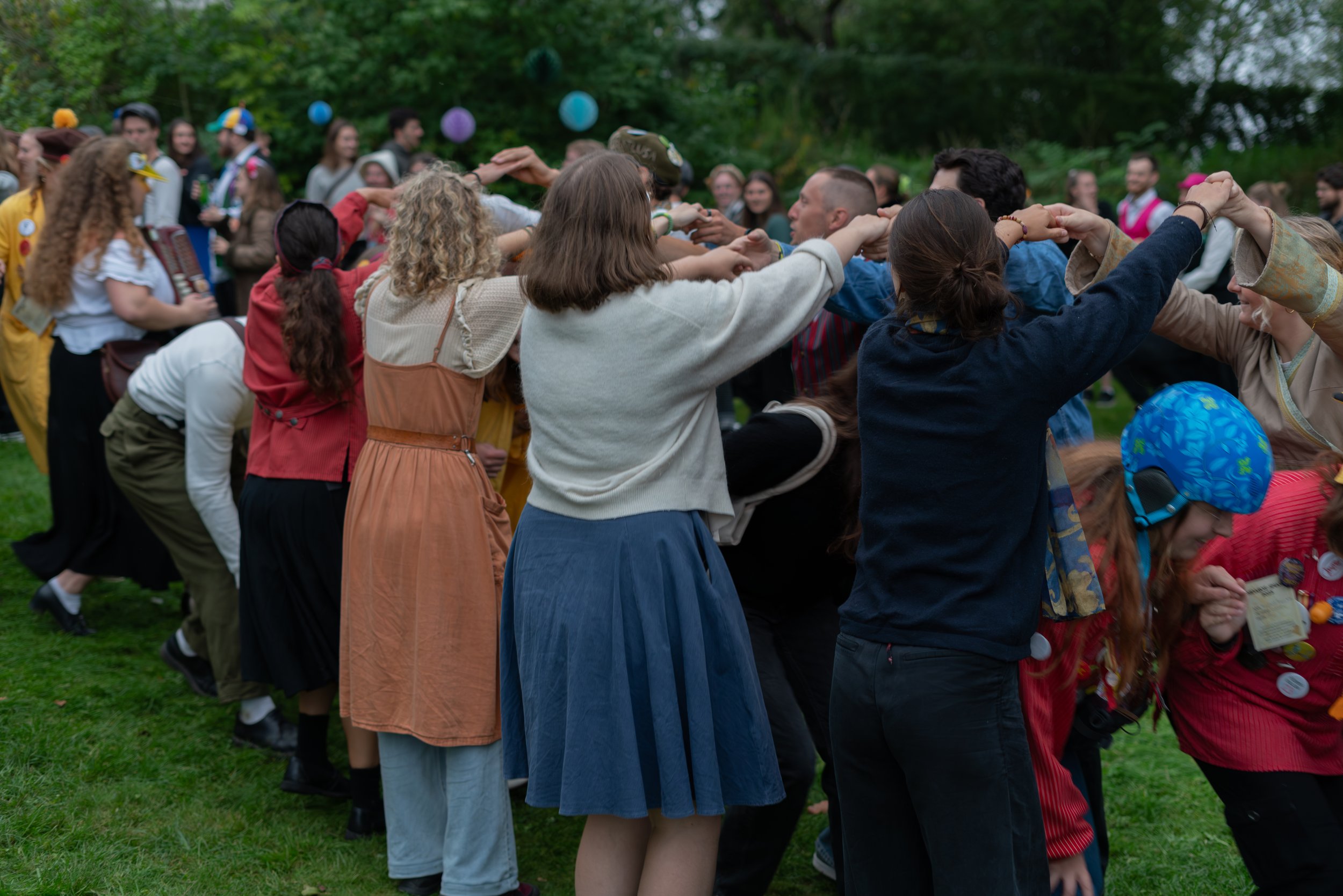
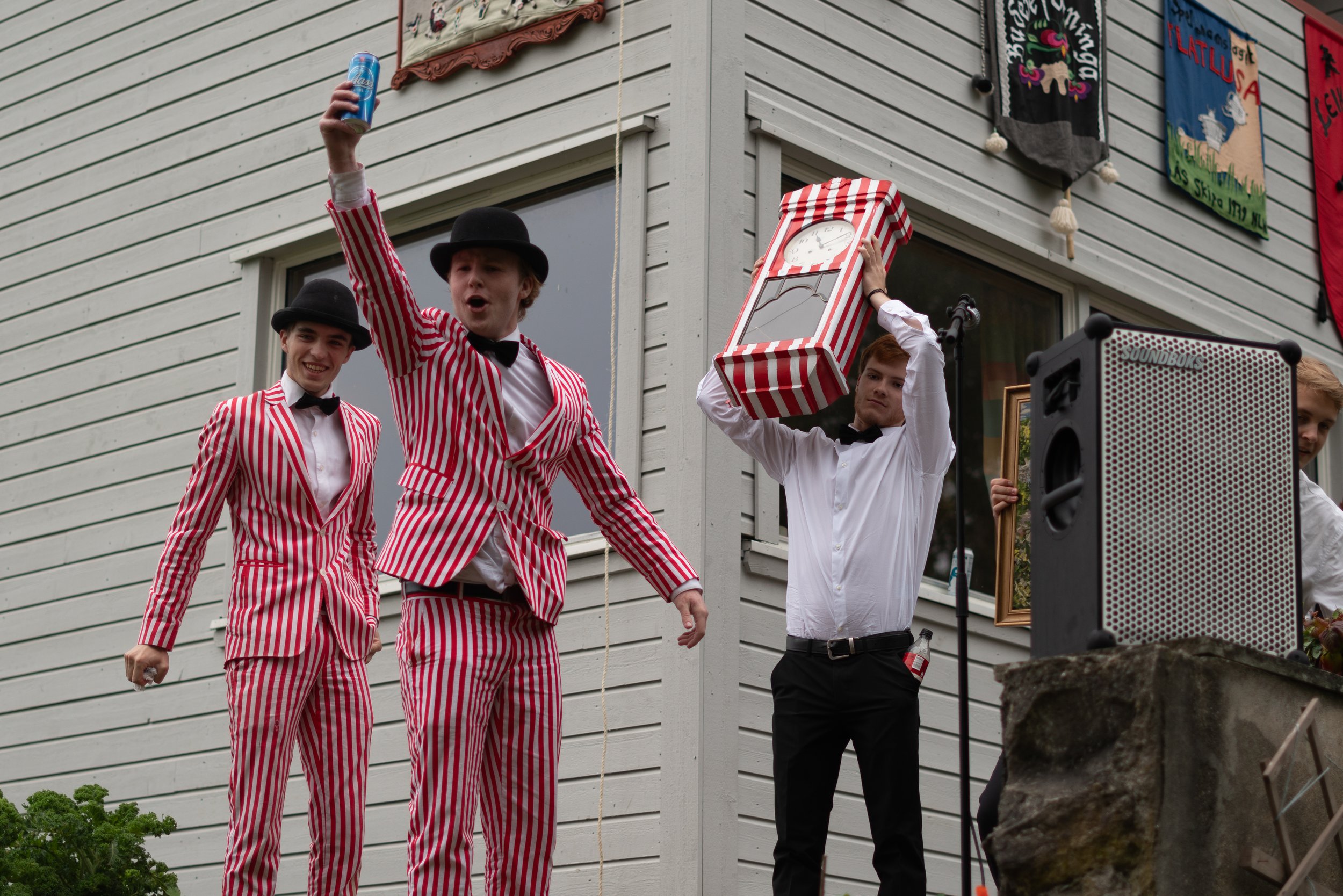
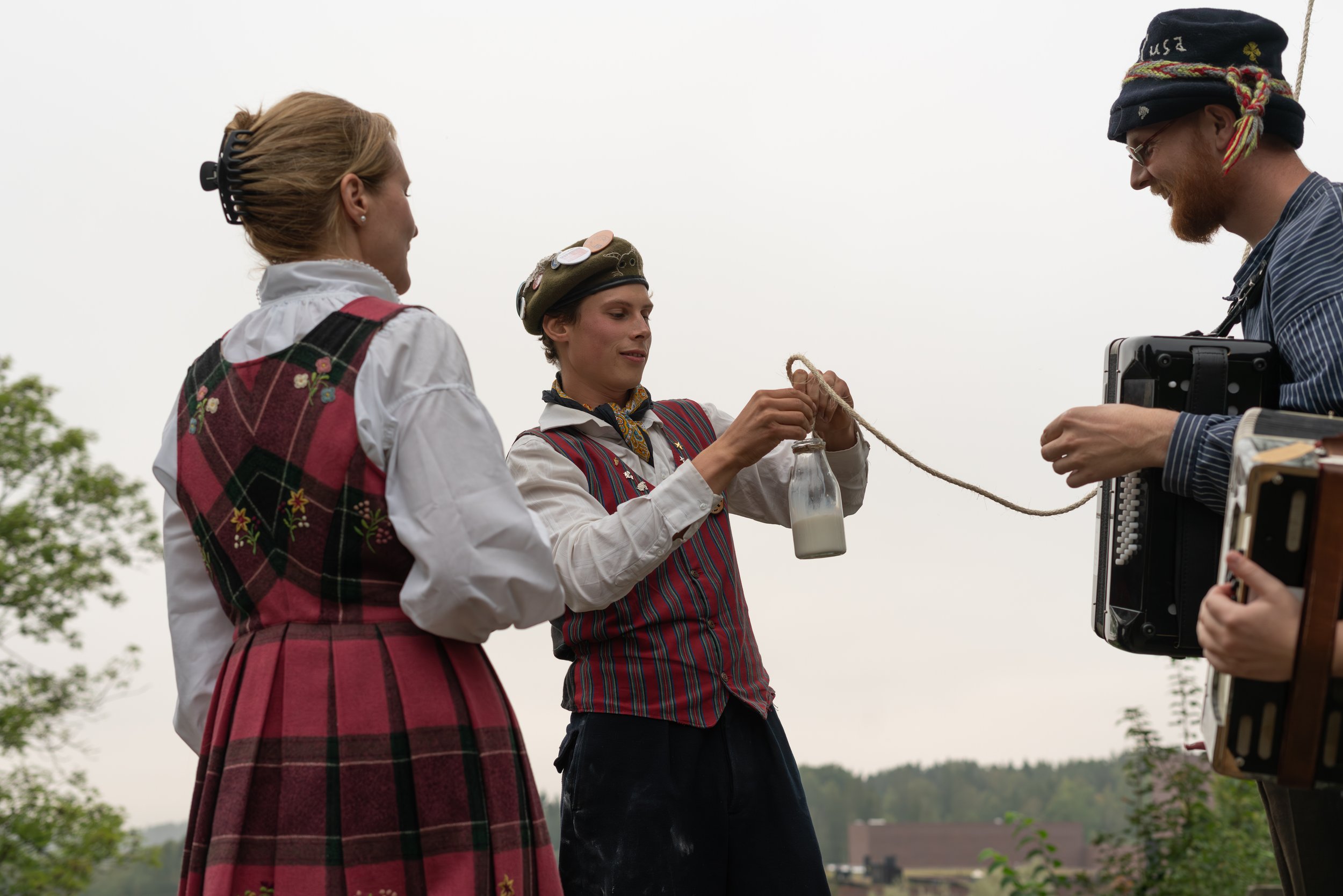
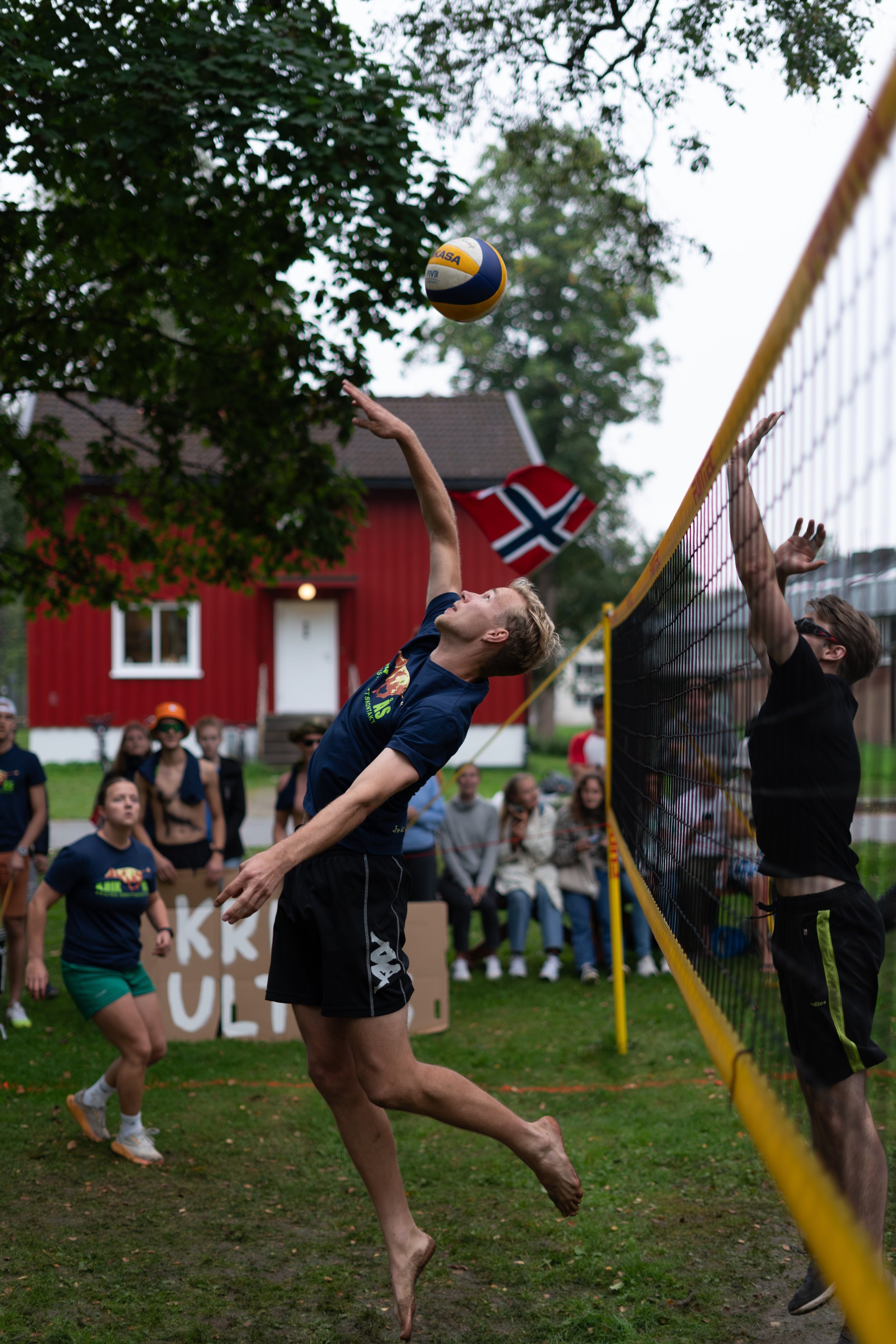
Journalist: Martin Hansebråten
Photographer: William Fredrik Bakke Dahl
Translator: Vegard Sjaastad Hansen
Web distributor: Martha Ingeborg Evensen
But before we arrive there, most of the audience participated in the volleyball tournament of the male choir Over Rævne, a hecking fantastic affair where teams of varying effort and quality participated. Tuntreet’s own team achieved to get one whole point in their match. The previous champions were defeated in the finale, and the new victors were the team “Ut å Løpe”. A prize for best clothing was also given out to “Fiskefaen”, dressed in yellow raincoats. The colour would point to them being cool, so no wonder they won.
When one enters Sætra, one enters a home that reminds one of a farmhouse from 1953, which is probably not far from the construction year. Right inside the door you encounter Åsmund G. Tunheim; leader of Tradenigheten, who, with a certain tremor, says “It is a huge honour”, meanwhile Benjamin A. Faulkner is in the background laughing. The familiar member of both Flatlusa and Frøy pipes in that “The atmosphere is like pre-Babylonian times”. However, he does not try to elucidate wether he means the city, or the famous kebab-shop.
One of the hosts and inhabitants of the new collective, Dagny L. Værnes, is happy that the collective is finally official, and that the party has started. “I am very glad that it has started. Up until now it has felt like being in limbo. It has been like living on a secret address!” she says to Tuntreet. At six thirty the fun begins, and as an old fiddler and dancer I felt prepared for this glorious event. That was a lie. I have two left feet, and my musical abilities are not what one would call top shelf. But I have a special place in my heart for culture, which is important to bring when reporting from such a cultural bastion.
The leader of the Tradenigeheten kicked off the fun, with information about where to pee, who their supporters have been, and the work of Tradenigeheten. Then Faulkner himself was called up to speak. He first had to collect his script, which Flatlusa took as an opportunity to play a little tune. When the speaker had returned, he brought a speech for the history books. Faulkner gave a speech that could knock the socks off even the best May Day speeches. He pointed out the importance of cultural associations, and the fact that culture makes us something bigger than ourselves. His message was that things didn’t have to be new, but they had to be good! This speech received an applause that can only be found in the very best of propaganda films.
Next up after Faulkner was a speech by the Director for Cultural Heritage (Riksantikvaren) Hanna K. Geiran, which was also what one might call splendid. Geiran mentioned Ås as a cultural center where both the first draft of the constitution was written, as well as the birthplace of the Jarlsberg cheese. She also said that NMBU has the finest campus in Norway, something that any NMBU regulars know as an objective truth. Tradenigheten had finally gotten its own home.
Dramros, an almost sacraficial cow was then biblically wheeled in in front of the lectern. This cow, most likely a specimen of Charolais cattle, was milked, and the Director for Cultural Heritage threw a bottle of this milk at the wall, like one does when christening a ship. Why they decided to make Dramros into a Charolais, a type of beef cattle, is unknown. Maybe she will get a stroke of paint eventually. All we know is that “Dramros can be filled with joy”, as Tunheim explained.
Then there was also a grandiose gifting ceremony, where more than 20 associations and private persons presented housewarming gifts. Everything from paintings and a calf for Dramros, to weights was gifted. They even received a wheel of cheese! After this interesting display, the gathering throng started dancing Polonese (pronounced as Bolognese). Me and the person next to me had never heard of this dance, and could not understand what pasta had to do with dancing. The foreman of Åsblæst’n could then reassure us that it was in fact a genuine dance, and we would have learned it if we had just attended the Steiner school. I am still left wondering what connects pasta to the Steiner School.
Ceremonies were then completed, and the party started! The cellar Tradenigheten had furnished as an assembly hall was this night used for a rave, meanwhile heaps of people socialised all over the farmyard. The party continued all throughout the evening! How long it lasted, we don’t know. The journalist did not have enough endurance for the whole thing.
All in all, it was a great event! A member of the female choir IVAR commented to Tuntreet that “It was very nice! It was very good to have an open party, not just for associations, but one for anyone and everyone.” This comment fits well both for Sætra, and Tradenigheten in general. They are neither exclusive, nor difficult to join. Frøy, Flatlusa is a case-study in how to succeed with open associations, and Budeieforeninga is a case-study in how to have a closed association

